

You can now see Andy Warhol’s Tate show from the comfort of your couch. The Tate Modern has released a curator’s tour of its latest Andy Warhol exhibition, available to view digitally on its website.
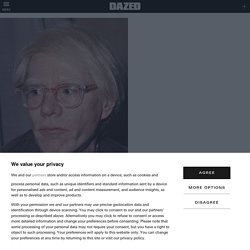
Andy Warhol presents the artist through the lens of the immigrant story, his LGBTQ+ identity, and his concerns over death and religion. Featuring curators Gregor Muir and Fiontán Moran, the video tour was launched in response to the gallery’s closure due to the coronavirus pandemic. “Although our galleries are temporarily closed we wanted to share the Andy Warhol exhibition at Tate Modern with you,” reads the video caption.
Showcasing over a hundred works from the pop artist, the show presents the audience with a variety of Warhol’s masterpieces, ranging from immersive sound-filled rooms to prints and drawings. There’s Still No Escaping Andy Warhol The show hits the most famous points—the Marilyns and the Elvises, the Jackies and the Maos, the Brillo boxes and the “Cow Wallpaper”—and some that are lesser known, such as precocious drawings from Warhol’s youth in his home town of Pittsburgh, of a mortal career that ended with his death, at the age of fifty-eight, in 1987, from complications of gall-bladder surgery.
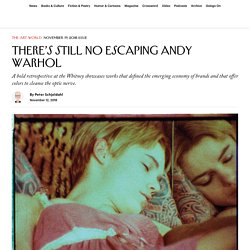
The Andy Warhol You Don’t Know. Take a Look at These Rarely Seen Andy Warhol Photos. Andy Warhol brought his camera with him everywhere he went — first a Polaroid, and then his treasured 35-millimeter compact Minox.
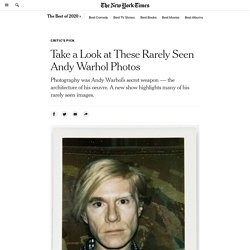
“Having a few rolls of film to develop gives me a good reason to get up in the morning,” he said. In his lifetime, he produced nearly 130,000 images with the Minox alone, only 17 percent of which had been printed at the time of his death. Like other major artists of the 1960s, including Warhol’s contemporary, Robert Rauschenberg, he was creating a new visual language from a photographic vocabulary, long before the art world understood the significance of the medium. Warhol’s preoccupation with photography is a meaty subject for a show. That show is “Andy Warhol Photography: 1967-1987,” which highlights the artist’s photographic output with a range of gelatin silver prints that record the most ordinary moments in his random daily activities, as well as his Polaroid portraits, still-lifes and nudes, filling both of Jack Shainman gallery’s Chelsea locations.
Why Is Andy Warhol Still So Famous? Then a friend suggested that he paint an everyday object, such as a can of soup.
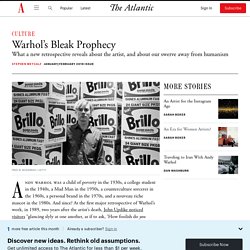
Within a year, he’d settled upon his signature technique of reproducing a photograph as a silk-screen stencil, and turning a stolen image into a kind of painting. The results were infinitely repeatable, and when the screen clotted with paint, imperfect duplication made for variations. “You get the same image, slightly different each time. It was all so simple—quick and chancy,” Warhol later wrote. “I was thrilled with it.” In her essay for the catalog, Donna De Salvo, the curator of the Whitney exhibition, proposes that understanding the shift means appreciating that his 1950s period was “foundational.” Up to 1962, when a show at the Stable Gallery made Warhol famous, his is a Cinderella story (I say this without irony) and quite moving. Warhol ramped up his output, thanks to more liberal use of assistants. Andy Warhol. Andy Warhol’s Art of Self-Promotion. I’m standing in front of Andy Warhol's, Campbell's Soup Cans, and it's a series of, it's eight by four, so there's eight of the same ... they're not the same, now that I'm looking.
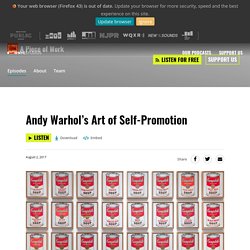
They're all different types of soup, which I'm so relieved by. I've got to say, I walked in here and I actually thought that they were just prints? Are they? Let me walk over to the thing. Abbi: More than 50 years ago, in 1962, Andy Warhol debuted Campbell's Soup Cans in his first solo exhibition at the Ferus Gallery in Los Angeles.
Visitor: When I was young, I was living in Antibes and we ate Campbell’s Soup at that time, in the 50s so I wouldn’t thought ever that this would be a multi-million piece of art in the MoMA in NY but there it is. Visitor: Marketing is different, it’s another kind. Visitor: I mean since a lot of people have said this is art, most people think it is art but it’s not. I’m Abbi Jacobson and this is A Piece of Work. The line between art and … and stuff, is fascinating to me. Abbi: Oh yeah. The Andy Warhol Museum.